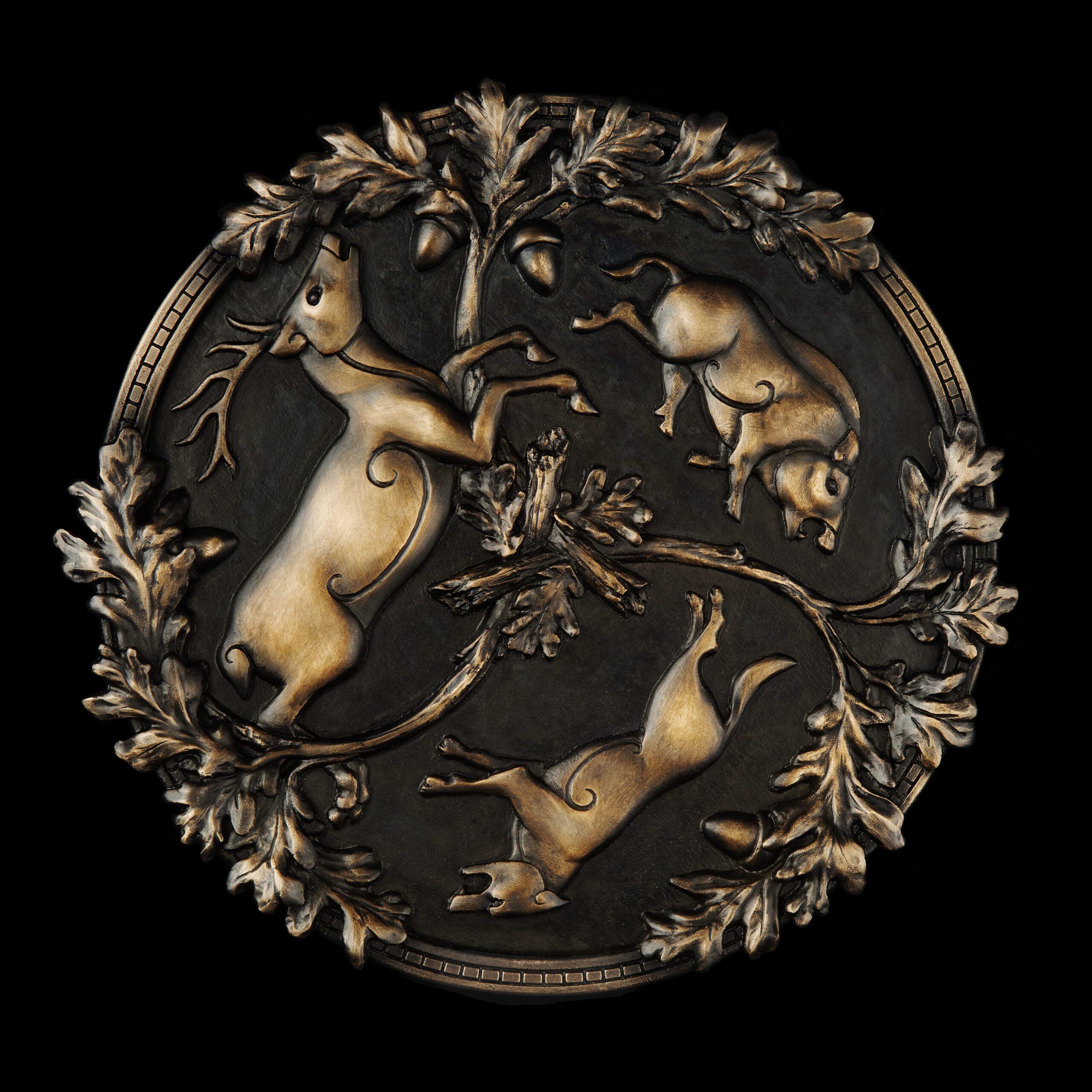Progress Report Bottles of Awildan Whiskey
As we launch our distillery, I’d like to take this opportunity to explain the link between the spirits that are available to purchase now, and what we are investing our future in. Simply put, the common thread is that we make our spirit from malted barley. After it comes out of the still, this spirit can either be put into casks to become Awildan single malt whiskey or, like the Genver, it can be redistilled with botanicals in order to infuse the spirit with a variety of flavors. Not only are these first releases, like the Genever, linked to our whiskey through common production origins, these releases are supporting our continuing goal of filling as many casks as possible with whiskey. Your support through purchasing a bottle of Genever allows us to lay down more casks to begin the patient maturation process.To celebrate this link, we are offering 100 people who purchase a bottle of Awildan Genever the opportunity to reserve a bottle from the cask described below. The whiskey will be named “Progress Report,” and will be bottled in November of 2023, at roughly 18mo of age, cask strength, in 750ml bottles. Purchase your bottle of Genever today and reserve a bottle of Awildan history!
Progress Report Cask Description
The barley used to make the single malt spirit in our Genever is Golden Promise, a 2-row spring variety that was very popular in the 1960’s, until newer varieties came along that packed more sugar into each kernel. However, Golden Promise, which is now primarily grown in Scotland, and exclusively malted by Simpson Malt in the UK, has persisted in the brewing and distilling industries due to its excellent flavor and brewing properties. There are casks of whiskey aging at Awildan made exclusively with Golden Promise barley.
We also have casks of whiskey maturing that use specialty crystal malts (continue reading for more explanation), which contribute caramel and dried fruit flavors. The goal in using these malts is to imbue some of the flavors typically associated with a very mature whiskey in the spirit on the front end, before the spirit ever hits the cask. This is not done to decrease the value of time in the barrel, but rather to push the boundaries on what is possible in flavor development. There is one quarter cask, ex-bourbon from Driftless Glen Distillery, that is a blend of the Golden Promise spirit and crystal malt spirit, that really encapsulates the essence of what Awildan Single Malt aims to be. This is the cask we will be bottling as our first Progress Report!
A Deeper Dive into How Grain Becomes Spirit
Barley is an amazing grain. It is packed with starch and the enzymes needed to convert those carbs to simple, fermentable sugars. Not only can those enzymes convert their own starch to sugar, given the right temperature and pH conditions they can convert those of other grains as well. This is why a traditional bourbon recipe includes some percentage of malted barley; it’s enzymes can break down the starches in all that corn, wheat, and rye. The malting process initializes conversion (germination) and then halts the process until we, the brewers and distillers, are ready to use the barley.
The malted barley, often simply referred to as malt, is milled to crack open the husk that surrounds each kernel and make the starch and enzymes more accessible. The milling process is controlled to result in a certain percentage of flour, grits, and husk, the ratio of which is determined by each facility to optimize conversion on their particular brewing system. The grist is mixed with hot water to begin the conversion process. The mixing process is called mashing, and results in mash (imagine a big bowl of oatmeal). Once conversion is complete, the sugary liquid is commonly referred to as wort, and is separated from the solid chunks of barley. In a brewery, the wort would be sent to the kettle for boiling, in distilling, it can be sent straight to the vessel where fermentation takes place.
As a distiller taking a few ques from single malt whisky production in Scotland, once yeast is added, I call this sugary liquid wash. Yeast metabolizes the sugars and produces ethanol and carbon dioxide (along with many other compounds) in a process called fermentation. Once fermentation is complete, the wash is ready to be distilled. Thus, at their core, single malt spirits are really just a few ingredients; malted barley, water, and yeast. But within these three ingredients, there are many avenues of creativity to explore.
The Complex Flavor Profiles of Malted Barley
I’m going to skip over variations in yeast and water chemistry for now (stay tuned for future blog posts) and focus on malted barley. Not only are there different varieties of barley (2-row vs 6-row, spring vs winter planting varieties), the basic malted barley can be exposed to varying degrees of elevated temperature, at various moisture contents with-in the kernels, for variable amounts of time, to develop an amazing array of colors and flavors. On the lighter end of the kilned malt spectrum, we get flavors of biscuit and freshly baked bread. As the malt is exposed to higher temperatures you move into caramel and toffee (the malt is physically getting darker as well). Moving even further in the spectrum, flavors of dried fruit like raisin and plum are prevalent, and at the extreme end of the spectrum the malt is dark brown to black with chocolate, coffee and roasty char flavors. Balancing these varieties of malted barley and the resultant flavors and colors in beer making gives us distinctive styles; from straw colored pilsners, to ruby-colored red ales, and opaque stouts.
In large distilleries, these different types of malt are not often used to make whiskey. “Distiller’s Malt” from maltsters is the least processed, meaning the least exposed to heat (which preserves the most starch converting enzymes), and has the least amount of flavor development as well. As a brewer of craft beer before venturing into distilling, I am very excited to craft whiskey using the varieties of barley I used in beer making to achieve desired flavor profiles.
I hope you enjoy comparing the nuance and character that our unique, premium grain bill gives our Genver and Progress Report whiskey. At Awildan, we appreciate you joining us on this wild journey. Cheers!

